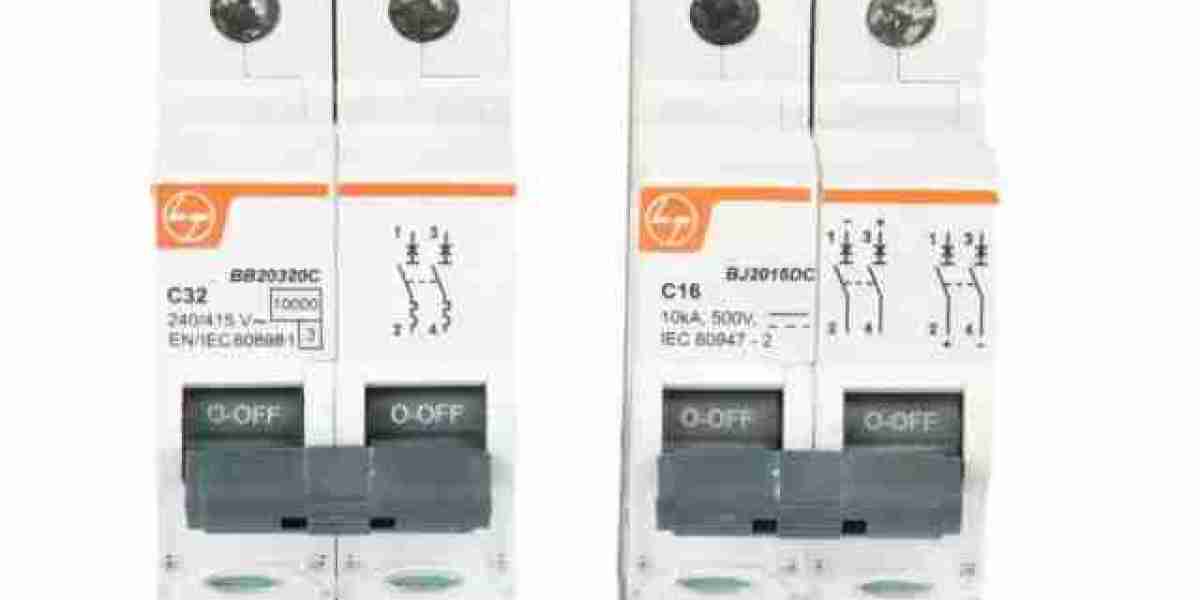In the modern era of entertainment and connectivity, TV sockets and TV socket outlets play a vital role in providing seamless access to television signals, internet connectivity, and multimedia devices. These unassuming yet essential components are found in homes, hotels, offices, and various other establishments, offering a convenient and organized way to connect TVs, set-top boxes, gaming consoles, and multimedia devices. In this article, we delve into the world of TV sockets, exploring their functionality, types, installation, and the benefits they bring to our digital lives.
What are TV Sockets?
TV sockets, also known as television outlets or antenna sockets, are wall-mounted receptacles that allow for the connection of TVs and related devices to receive television signals. They serve as the interface between the coaxial cable from an antenna or cable service provider and the TV or other multimedia devices. TV socket outlets, on the other hand, refer to the complete unit that includes the socket, faceplate, and wiring.
Components of TV Sockets
- Socket Outlet:
The main component of a TV socket is the socket outlet itself, which provides the physical connection point for coaxial cables. This is where the coaxial cable from the antenna or cable service provider is plugged in.
- Faceplate:
The faceplate is the visible part of the TV socket that sits flush against the wall. It usually includes labeling or indicators to identify the purpose of the socket, such as "TV" or "Antenna."
- Coaxial Cable Connection:
Behind the faceplate, the coaxial cable from the antenna or cable provider is connected to the socket outlet. This cable carries the TV signal into the socket for distribution to the TV or other devices.
- Mounting Bracket:
The mounting bracket secures the TV socket to the wall, providing stability and support for the socket outlet and faceplate.
Types of TV Sockets
- Coaxial TV Sockets:
These are the most common type of TV sockets, designed for connecting coaxial cables from antennas, cable TV providers, or satellite dishes. They are used for receiving traditional analog or digital TV signals.
- TV/FM/DAB Sockets:
Some TV sockets are designed to receive not only TV signals but also FM radio and DAB (Digital Audio Broadcasting) signals. These sockets allow for the connection of devices such as radios or audio receivers.
- Modular TV Sockets:
Modular TV sockets offer flexibility by allowing different modules to be installed in a single faceplate. This allows for customized configurations, such as combining TV and telephone sockets in one unit.
- Satellite TV Sockets:
These specialized sockets are used for connecting satellite dishes to receive satellite TV signals. They are often equipped with additional features such as F-type connectors for satellite cables.
Installation of TV Sockets
Installing TV sockets requires basic electrical knowledge and tools. Here are the general steps involved:
- Turn off Power:
Before beginning any electrical work, it's essential to turn off the power to the circuit where the TV socket will be installed. This can be done at the circuit breaker or fuse box.
- Prepare the Wall:
Choose the location for the TV socket and mark the position on the wall. Use a stud finder to locate any wall studs or obstacles that may affect the installation.
- Cut the Opening:
Using a wall saw or drywall knife, carefully cut a hole in the wall for the TV socket box. The size of the hole should match the dimensions of the socket box.
- Install the Box:
Insert the TV socket box into the hole and secure it to the wall using screws. Make sure the box is level and flush with the wall surface.
- Connect the Wiring:
Strip the ends of the coaxial cable and connect them to the terminals on the TV socket outlet. Follow the manufacturer's instructions for proper wiring.
- Attach the Faceplate:
Place the faceplate over the TV socket box and secure it in place with screws. Ensure the faceplate is aligned correctly and sits flush against the wall.
- Test the Connection:
Once the TV socket is installed, connect the coaxial cable from the antenna or cable provider to the socket outlet. Turn on the TV and check for a clear signal.
Benefits of TV Sockets
- Enhanced Connectivity:
TV sockets provide a convenient and organized way to connect TVs, set-top boxes, gaming consoles, and multimedia devices to receive TV signals.
- Improved Signal Quality:
Properly installed TV sockets ensure a stable and clear TV signal, minimizing signal loss or interference for a better viewing experience.
- Versatility:
With different types of TV sockets available, users have the flexibility to connect various devices, from traditional TVs to radios and audio receivers.
- Space Saving:
TV sockets help keep cables organized and hidden behind walls, reducing clutter and improving the aesthetics of the room.
- Customization:
Modular TV sockets allow for customized configurations, allowing users to combine TV, FM, DAB, and other sockets in one unit according to their needs.
Why Buy TV Sockets Online?
- Convenience:
Online shopping offers the convenience of browsing and purchasing TV sockets from the comfort of your home. You can compare different types and brands, read reviews, and make an informed decision.
- Wide Selection:
Online retailers typically offer a wide range of TV sockets, including various types and configurations. This allows you to find the perfect socket for your specific needs and preferences.
- Competitive Pricing:
Online retailers often have competitive pricing on TV sockets, with discounts, promotions, and deals available. This can result in cost savings compared to purchasing from physical stores.
- Easy Installation:
Many online retailers provide detailed product descriptions and installation guides for TV sockets. This makes it easier for DIY enthusiasts to install the sockets themselves.
- Customer Reviews and Ratings:
Before making a purchase, you can read reviews and ratings from other buyers who have purchased the same TV sockets online. This provides valuable insights into the quality and performance of the product.
Conclusion
Whether you're connecting a TV, set-top box, radio, or multimedia device, these sockets offer a reliable way to receive TV signals and audio broadcasts. With various types and configurations available, users can find the perfect socket to suit their needs, whether it's for a residential living room or a commercial entertainment venue.
Buying TV sockets online offers numerous benefits, including convenience, a wide selection of options, competitive pricing, and access to customer reviews. Upgrade your home entertainment system or improve the connectivity of your multimedia devices with a quality TV socket from online retailers today. Enjoy clear signals, enhanced connectivity, and a clutter-free setup with the convenience of TV sockets and TV socket outlets.



